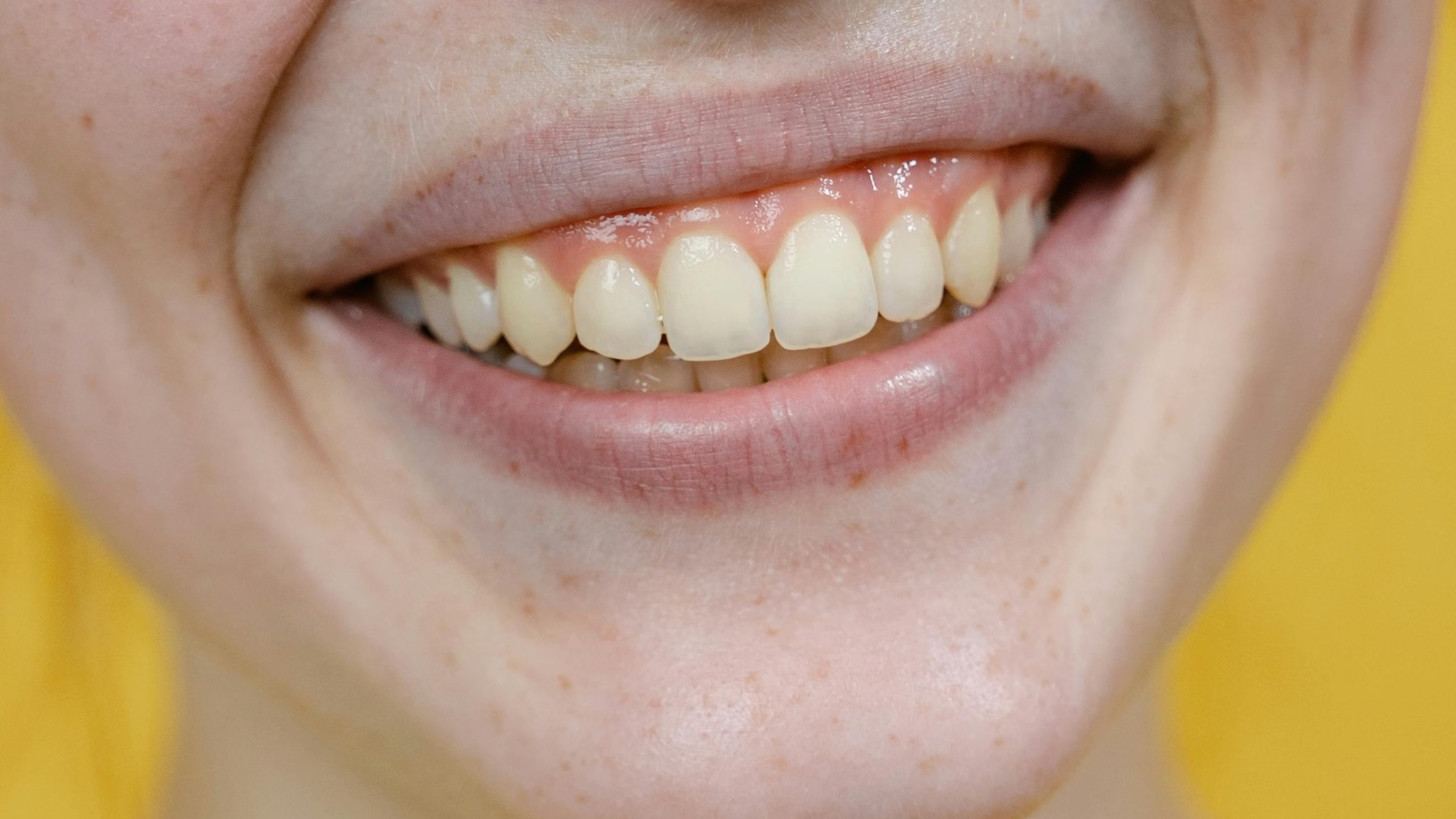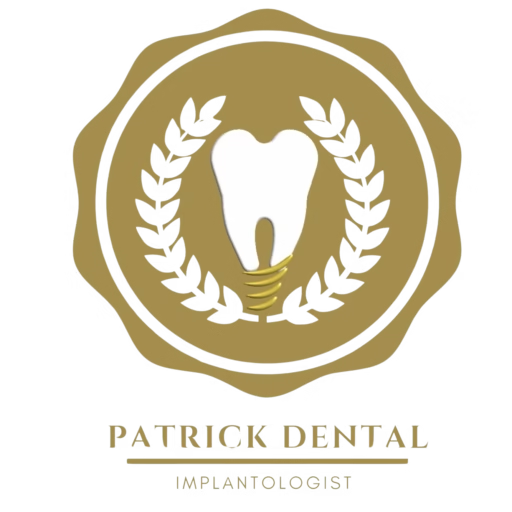
8 Real Reasons Your Teeth Might Be Turning Yellow
It’s hard not to notice when your smile isn’t as white as it once was. Many people question why their teeth turn yellow over time, and the answer is—it doesn’t necessarily have anything to do with poor oral hygiene. Yellowing is more prevalent than most realize, and it can result from various reasons. Recognizing what the cause is the first step in knowing what to do about it. So we’re here to give you the answer as to why teeth become yellow.
Food and Beverages That Stain
One of the largest contributors is food and drink staining. Tea, coffee, wine, and some spices tend to leave behind natural pigments that adhere to enamel. These pigments penetrate deeper into the teeth over time, causing them to appear dull. Even nutritious foods such as berries can do the same.
Tobacco Use
Smoking or chewing products with nicotine and tar can leave deep stains. They’re darker and more difficult to remove than surface stains from beverages.
Natural Aging
As individuals age, the enamel gradually erodes. Beneath the enamel is dentin, which is naturally yellow. When the enamel is thinner, the dentin becomes more visible, causing teeth to take on a yellow color even if you brush your teeth well.
Genetics
Others are simply born with a bit darker enamel or dentin that is thicker. In such instances, yellowing is not lifestyle-related but natural colouring.
Medication Side Effects
Some medications can be associated as well. For instance, antibiotics such as tetracycline, when used in childhood, impact the way enamel grows and leave permanent discolouration. Even some drugs that treat high blood pressure or allergies can stain as a side effect.
Oral Hygiene Habits
Avoiding brushing or flossing lets plaque and tartar accumulate, both of which contribute to duller teeth. Although it might go without saying, it’s usually paired with one of the other causes, so the yellowness becomes more apparent.
Fluoride in Water
Water quality also has an impact. Excessive amounts of fluoride—common in groundwater—can cause a condition known as fluorosis, which alters the appearance of enamel. In the early stages, mild fluorosis appears as pale spots, but severe cases cause the surface to appear uneven and stained.
Restorations and Fillings
Dental fillings, such as older crowns or fillings, don’t necessarily blend the natural colour of teeth with age. This inconsistency can cause adjacent teeth to look more yellowish.
Ending Comments
Short of it, yellow teeth are generally a combination of lifestyle, age, and occasionally medical causes. They don’t indicate unhealthy teeth necessarily, but they can be damaging to confidence. The good news is that professional treatments exist to deal with staining and restore brightness. Ordinary cleanings, whitening treatments, and preventive treatment go a long way toward maintaining a smile free and healthy-looking.
Call or book an appointment with us to learn more and brighten your smile!
